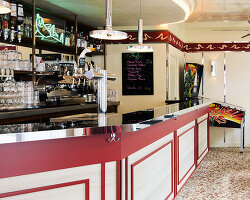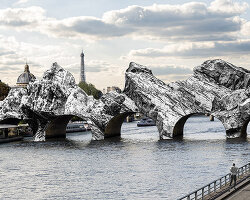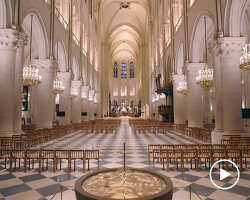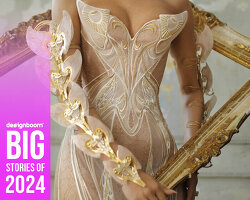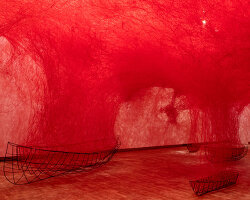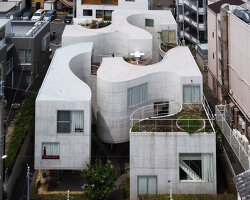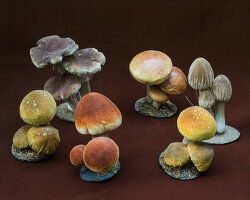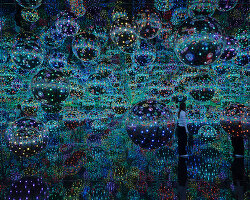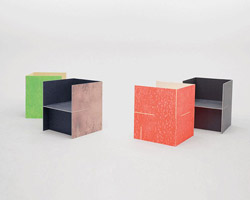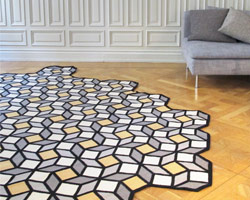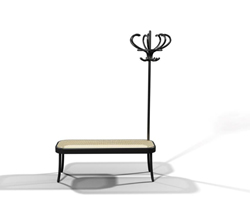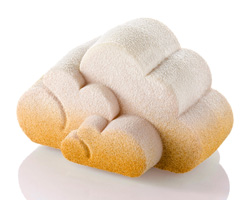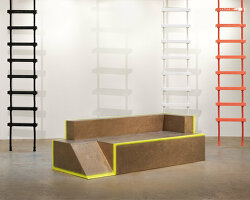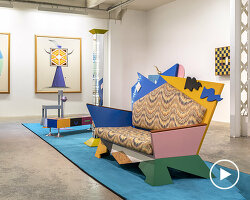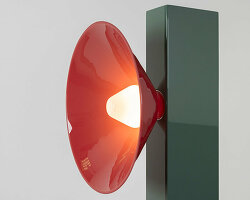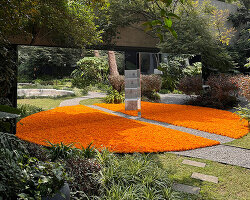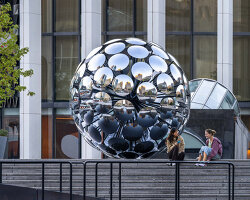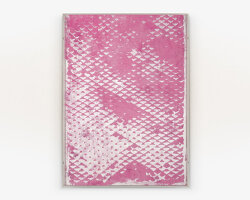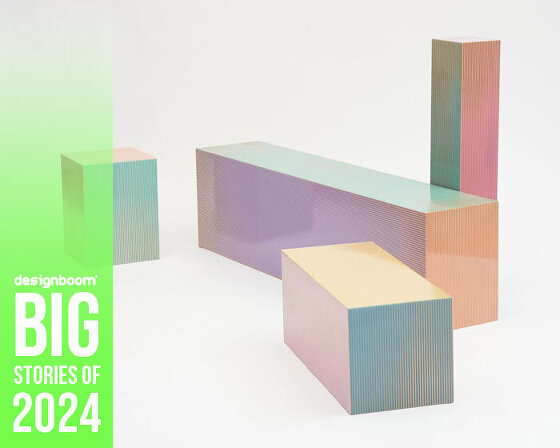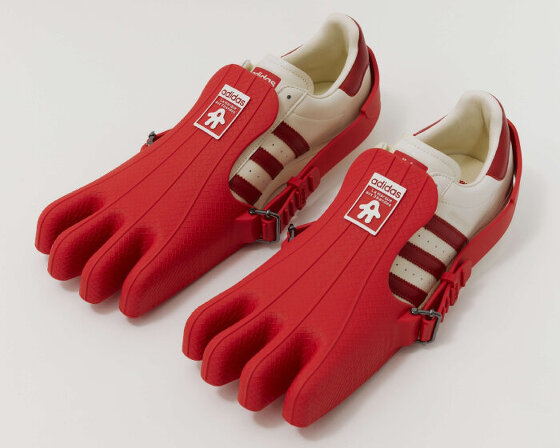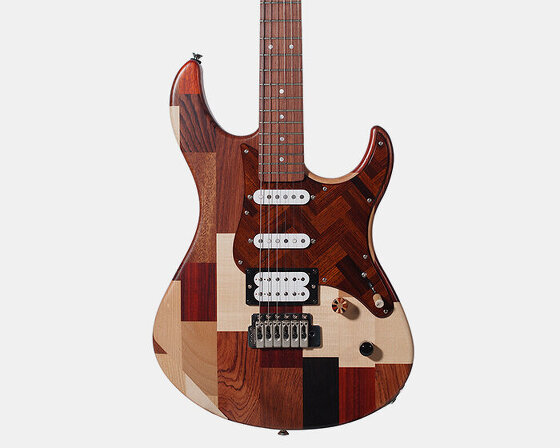
in dialogue with archaeologists from cambridge university who led the excavations in çatalhöyük, front has replicated this first mirror from their archaeological drawing. shaping the obsidian stone by handchiping and grinding, polishing it with clay and water, using no modern tools
KEEP UP WITH OUR DAILY AND WEEKLY NEWSLETTERS
PRODUCT LIBRARY
explore designboom's top 10 design products of 2024 submitted by our readers.
the removable four-toed ‘gloves’ of the superfinger superstar can also be used as bags or be attached to other shoes.
by upcycling mass-produced furniture, YET architecture and BDM architects blurs the lines between standardization and personalization.
yamaha design laboratory's concept project upcycles rare woods originally intended for marimba tone bars and pianos.
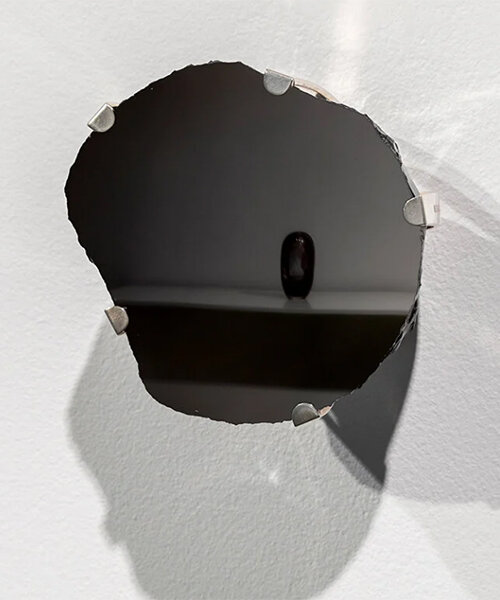
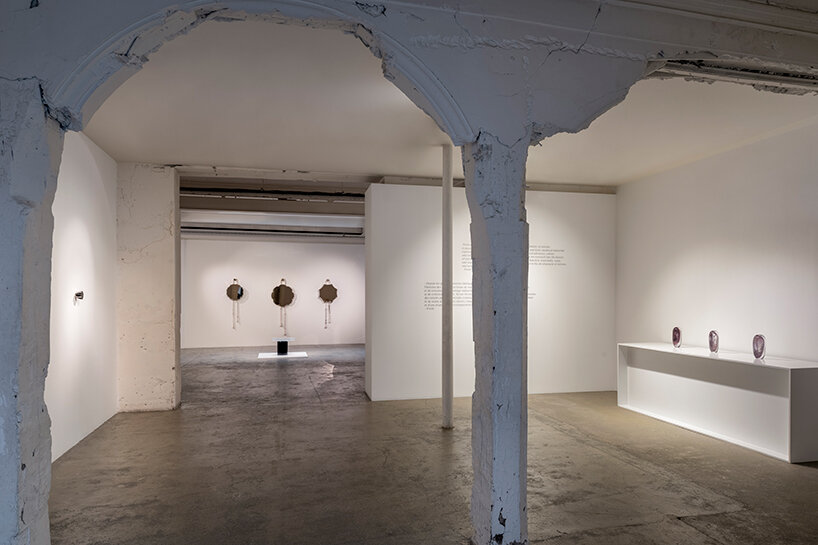 all images courtesy of
all images courtesy of  ‘seven stories about mirrors’ explores how one can study the evolution of humanity through the prism of the mirror and how a single object fractures into multiple narratives
‘seven stories about mirrors’ explores how one can study the evolution of humanity through the prism of the mirror and how a single object fractures into multiple narratives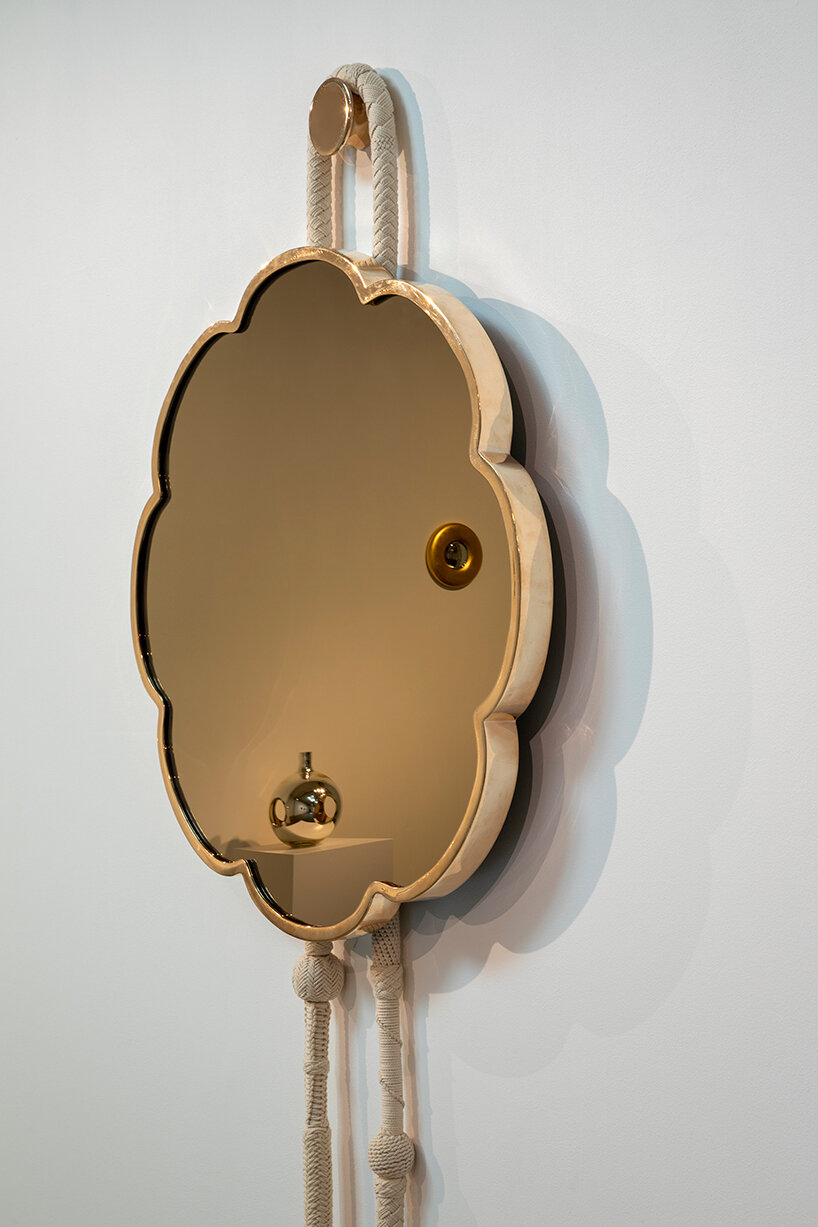 ‘bronze mirror’: the bronze-tinted glass resembles the warm tone of the metal surface but without the scratches, unevenness and corrugation of the ancient mirror, whose reflected surface needed to be polished every day
‘bronze mirror’: the bronze-tinted glass resembles the warm tone of the metal surface but without the scratches, unevenness and corrugation of the ancient mirror, whose reflected surface needed to be polished every day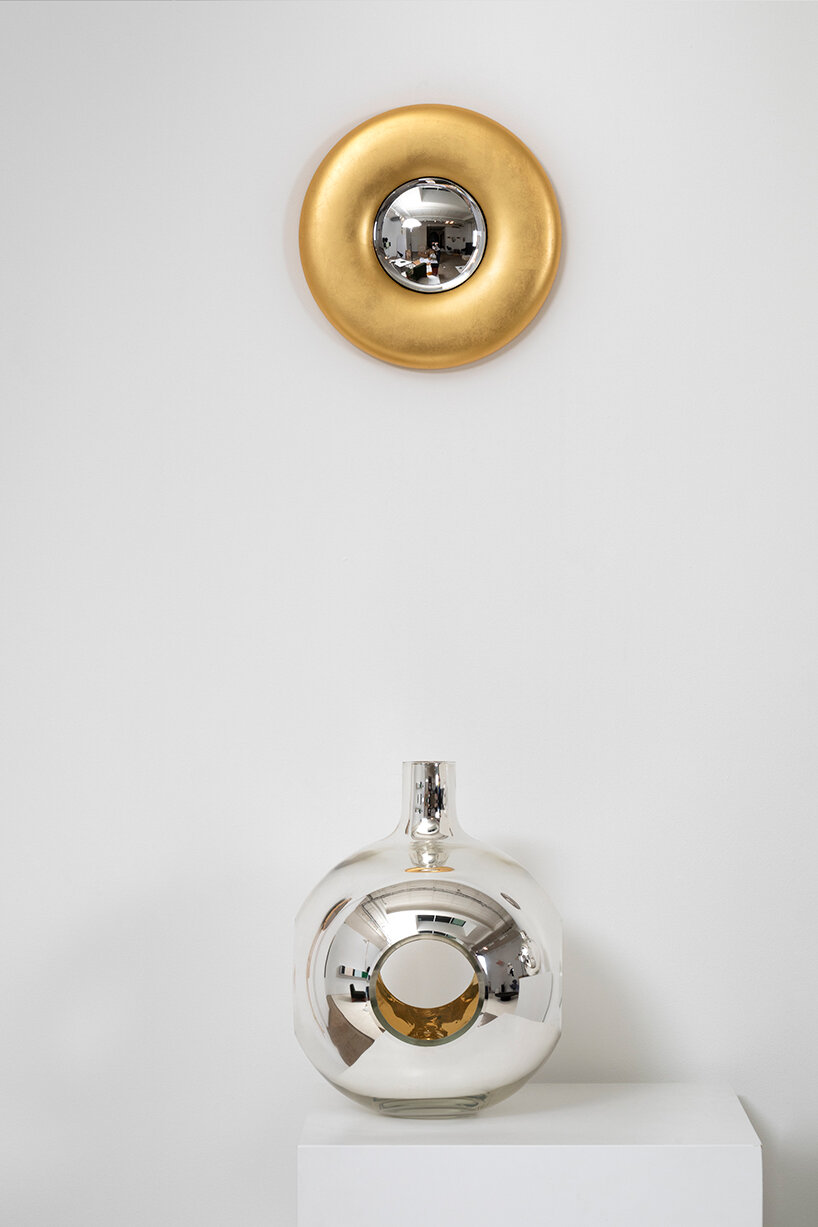 ‘convex mirror vase’: in ancient rome a round lens-shaped piece was cut out of the surface of a blown glass globe. this disc was coated with a lead on its reverse, creating a convex mirror. the reflection was distorted but fairly bright in appearance
‘convex mirror vase’: in ancient rome a round lens-shaped piece was cut out of the surface of a blown glass globe. this disc was coated with a lead on its reverse, creating a convex mirror. the reflection was distorted but fairly bright in appearance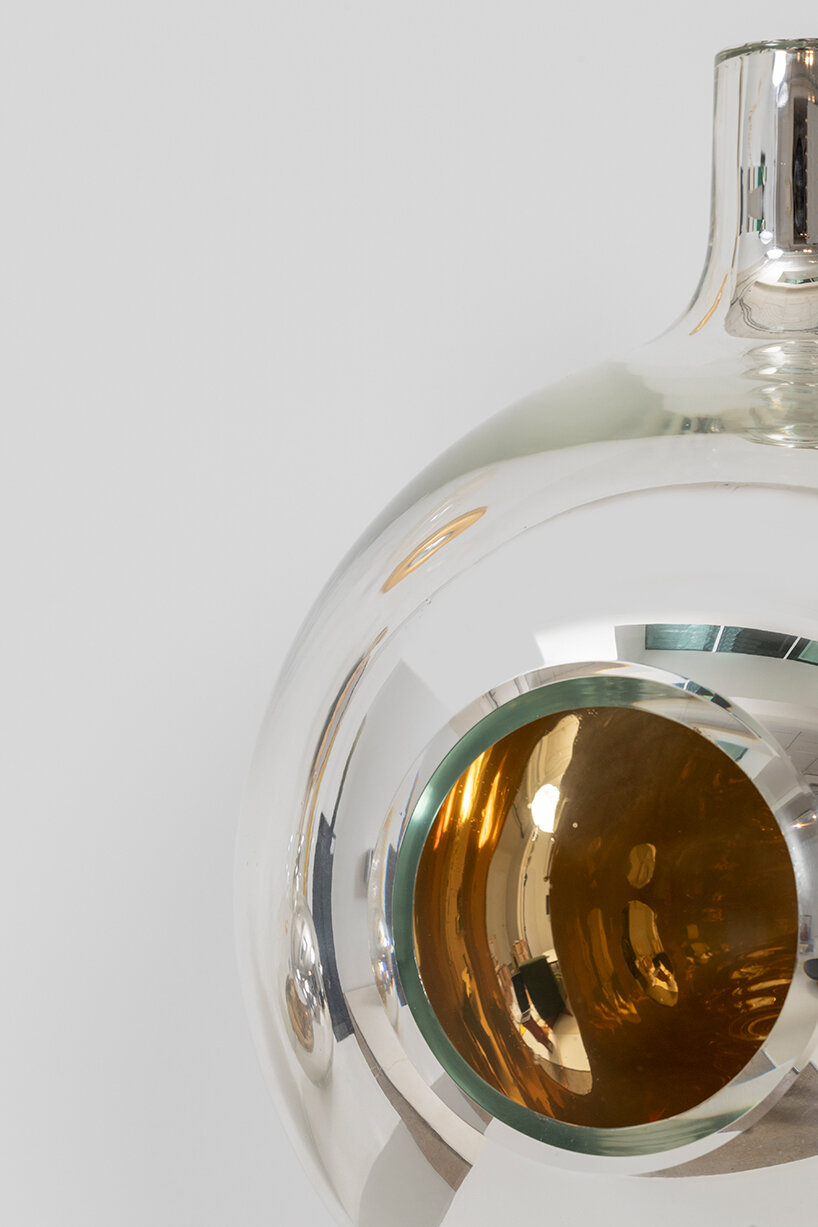 this production technique was used for many hundreds of years. the convex mirror vase narrates the production technique of the first glass mirrors. the vase was created from what remains after the disc for the mirror was removed and placed in the frame on the wall above it
this production technique was used for many hundreds of years. the convex mirror vase narrates the production technique of the first glass mirrors. the vase was created from what remains after the disc for the mirror was removed and placed in the frame on the wall above it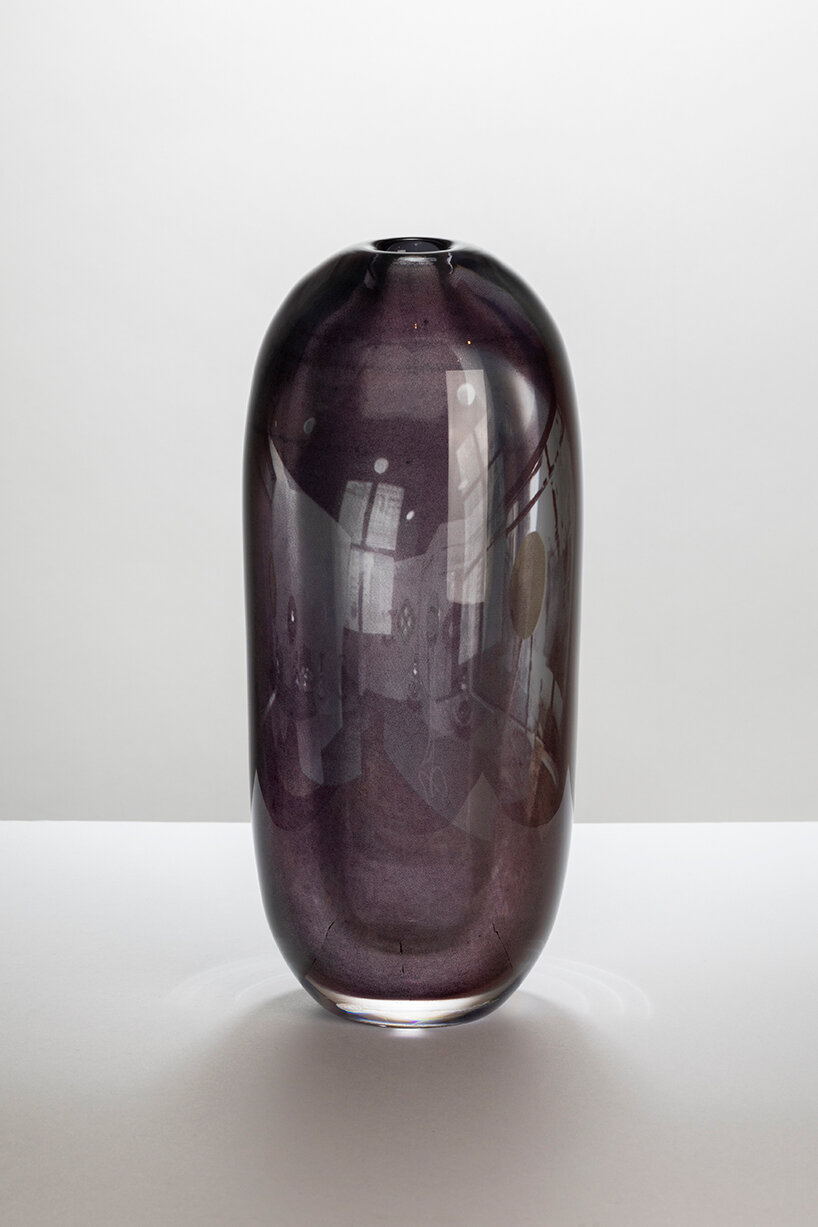 ‘reflection vases’: today mirrors are ubiquitous, but reflections still play an important role in science and culture
‘reflection vases’: today mirrors are ubiquitous, but reflections still play an important role in science and culture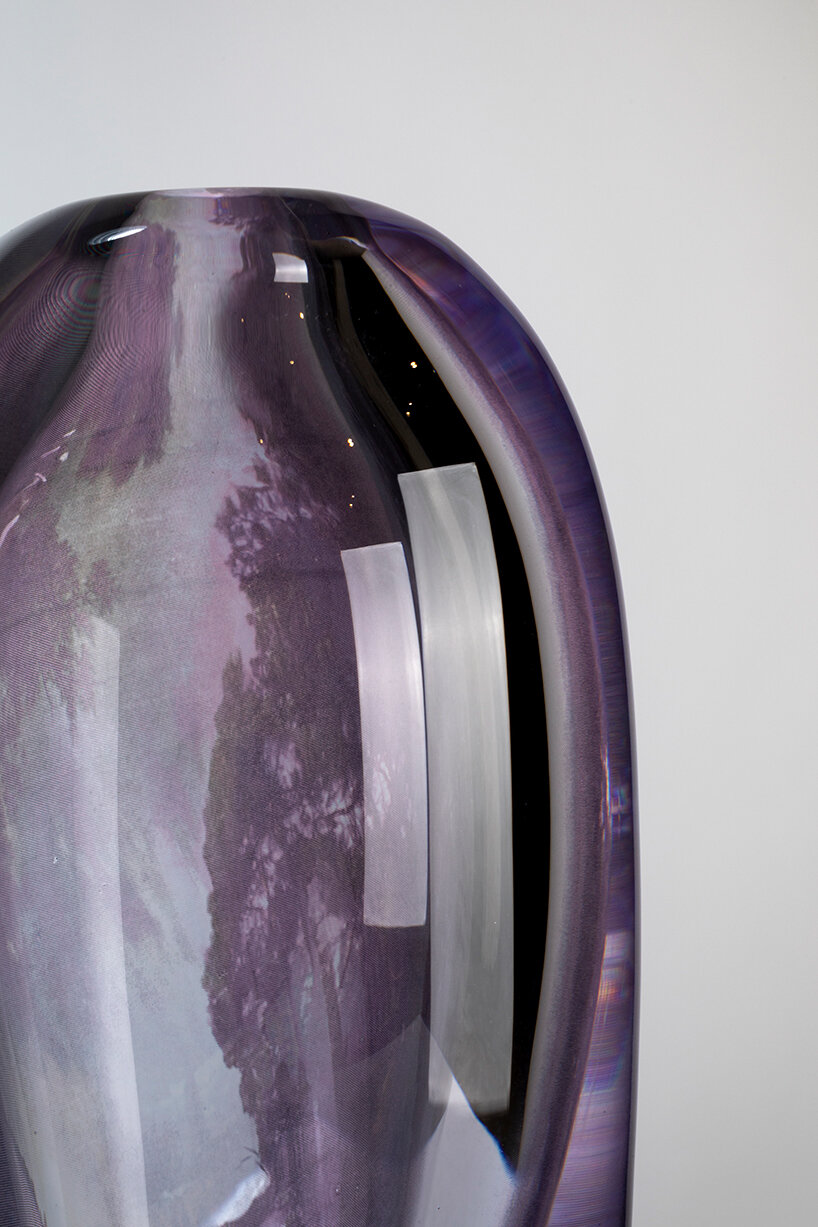 the reflection vases are about how an object changes with its surroundings, literally reflecting the room it is placed within, and metaphorically the values of their eras
the reflection vases are about how an object changes with its surroundings, literally reflecting the room it is placed within, and metaphorically the values of their eras ‘obsidian mirror’: the earliest known man-made mirror was made around 8,000 years ago out of polished obsidian, a volcanic stone
‘obsidian mirror’: the earliest known man-made mirror was made around 8,000 years ago out of polished obsidian, a volcanic stone ‘water reflection table’: vessels filled with water have been used since prehistoric times as reflective surfaces, for mirroring and by early astronomers to follow the movement of the stars in the sky. the glass’ surface tension creates faint ripples that resemble the reflections of a still pool of water
‘water reflection table’: vessels filled with water have been used since prehistoric times as reflective surfaces, for mirroring and by early astronomers to follow the movement of the stars in the sky. the glass’ surface tension creates faint ripples that resemble the reflections of a still pool of water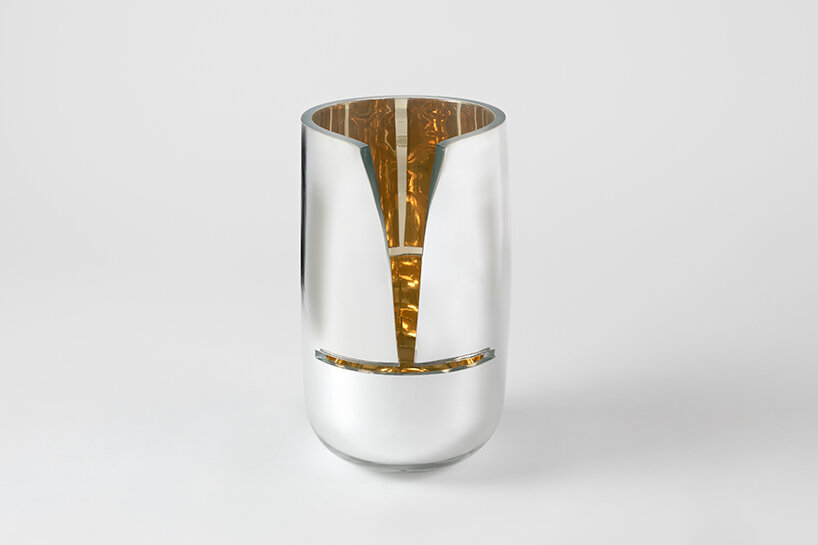 ‘cut mirror vase’: in the 13th century the first flat glass was made by blowing a cylinder of glass, cutting and unrolling it into a fairly even plate of glass. inspired by this process, front made a vase that seems to be in the process of opening and unrolling into a flat mirror
‘cut mirror vase’: in the 13th century the first flat glass was made by blowing a cylinder of glass, cutting and unrolling it into a fairly even plate of glass. inspired by this process, front made a vase that seems to be in the process of opening and unrolling into a flat mirror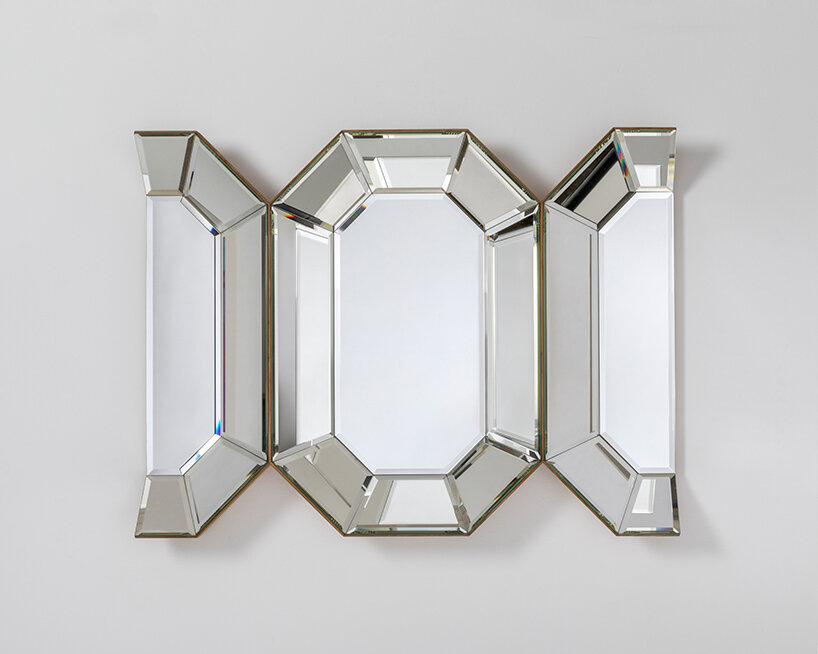 ‘the secret mirror’: in the 15th century, workshops in venice perfected the technique of making plate glass
‘the secret mirror’: in the 15th century, workshops in venice perfected the technique of making plate glass the craftspeople were moved to the island of murano to keep the secret of their craft away from foreign spies. the guildsmen were sworn to uphold trade secrets on penalty of death
the craftspeople were moved to the island of murano to keep the secret of their craft away from foreign spies. the guildsmen were sworn to uphold trade secrets on penalty of death









